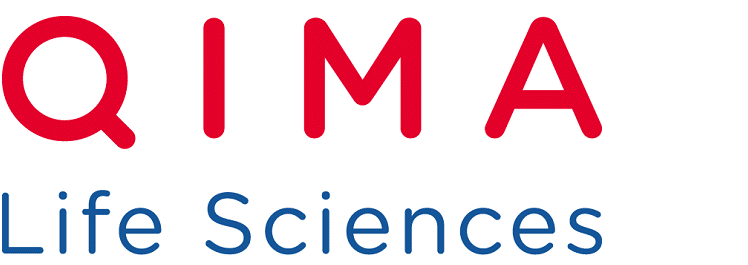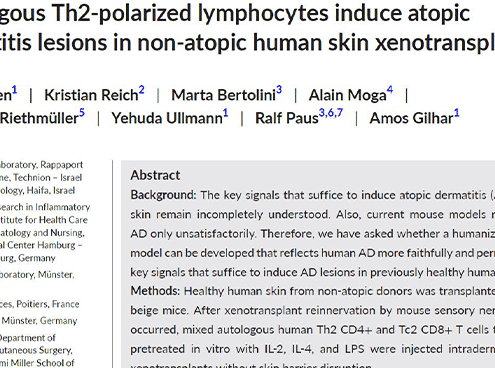
Autologous Th2-polarized lymphocytes induce atopic dermatitis lesions in non-atopic human skin xenotransplants
Dermatite atopique, PharmacologieAtopic dermatitis (AD) is one of the most common, as yet incurable chronic inflammatory skin diseases, which occurs in distinct endotypes and shows increasing prevalence.
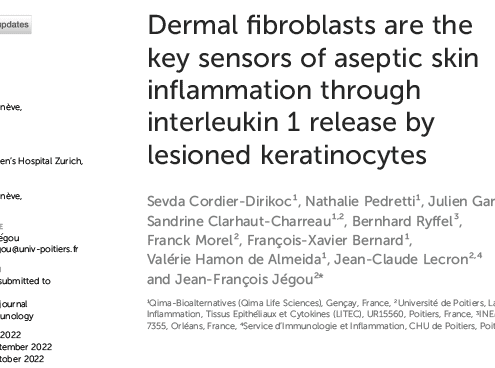
Dermal fibroblasts are the key sensors of aseptic skin inflammation through interleukin 1 release by lesioned keratinocytes
Inflammation, Pharmacologie, PharmacologyIL-1 plays a crucial role in triggering sterile inflammation following tissue injury.
Although most studies associate IL-1 release by injured cells to the recruitment of neutrophils for tissue repair, the inflammatory cascade involves several molecular and cellular actors whose role remains to be specified.
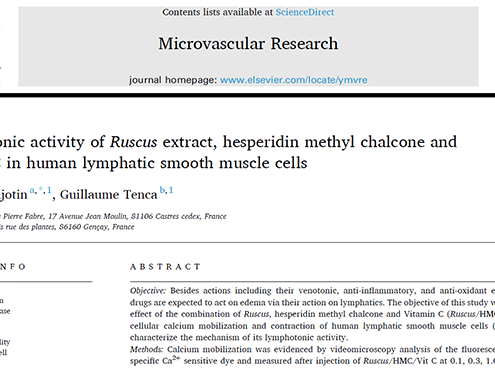
Lymphotonic activity of Ruscus extract, hesperidin methyl chalcone and vitamin C in human lymphatic smooth muscle cells
Pharmacologie, PharmacologyBesides actions including their venotonic, anti-inflammatory, and anti-oxidant effects, venoactive drugs are expected to act on edema via their action on lymphatics.
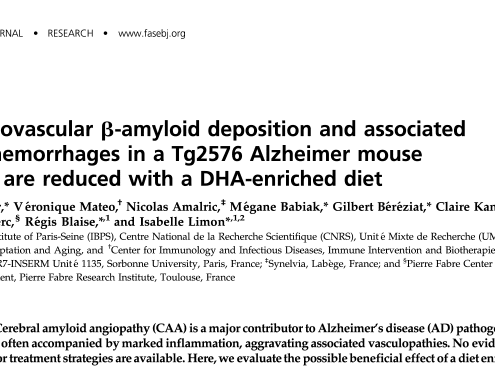
Cerebrovascular β-amyloid deposition and associated microhemorrhages in a Tg2576 Alzheimer mouse model are reduced with a DHA-enriched diet
Pharmacologie, PharmacologyCerebral amyloid angiopathy (CAA) is a major contributor to Alzheimer's disease (AD) pathogenesis.
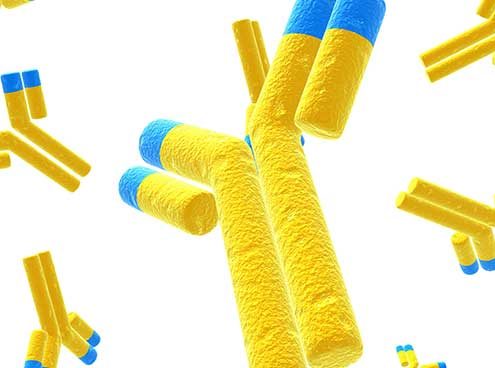
Biosimilaires
PharmacologieApparue dans les années 1980, la notion de biosimilaire désigne un produit biologique identique en tout point (forme et substance pharmaceutique, caractéristiques physicochimiques et biologiques) à un médicament biologique original (vaccin, anticorps, facteur de croissance, etc.) déjà commercialisé et dont le brevet est expiré.
La démonstration de la similarité en termes de sécurité et d’efficacité entre les deux produits biologiques est un processus complexe qui requiert notamment de nouveaux essais précliniques
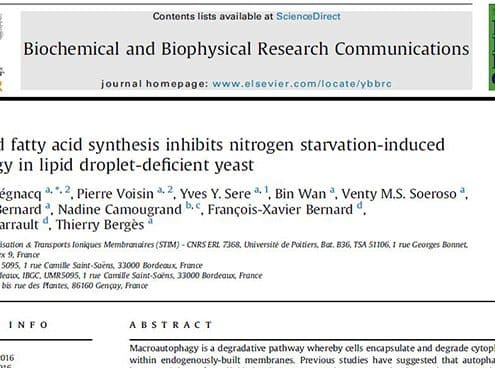
Increased fatty acid synthesis inhibits nitrogen starvation-induced autophagy in lipid droplet-deficient yeast
Pharmacologie, PharmacologyCerulenin, a potent inhibitor of fatty acid synthase, and exogenous addition of palmitic acid could restore nitrogen-starvation induced autophagy in the absence of lipid droplets.
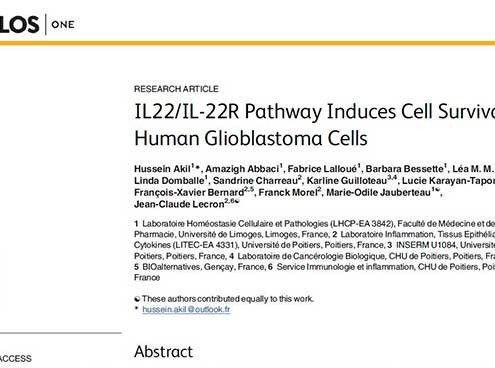
IL22/IL-22R pathway induces cell survival in human glioblastoma cells
Cancer, Inflammation, Inflammation, PharmacologyInterleukin-22 (IL-22) is a member of the IL-10 cytokine family that binds to a heterodimeric receptor consisting of IL-22 receptor 1 (IL-22R1) and IL-10R2. IL-22R expression was initially characterized on epithelial cells, and plays an essential role in a number of inflammatory diseases.
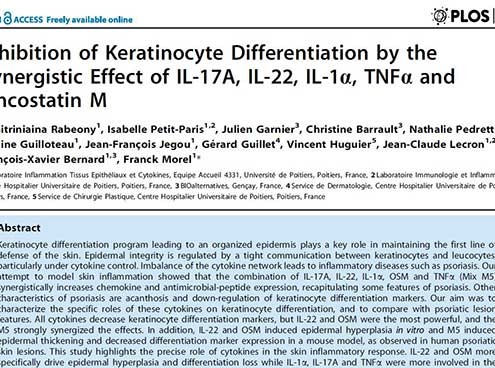
Inhibition of keratinocyte differentiation by the synergistic effect of IL-17A, IL-22, IL-1α, TNFα and oncostatin M
Inflammation, Inflammation, Psoriasis, PsoriasisThis study highlights the precise role of cytokines in the skin inflammatory response (psoriasis). IL-22 and OSM more specifically drive epidermal hyperplasia and differentiation loss while IL-1α, IL-17A and TNFα were more involved in the activation of innate immunity.
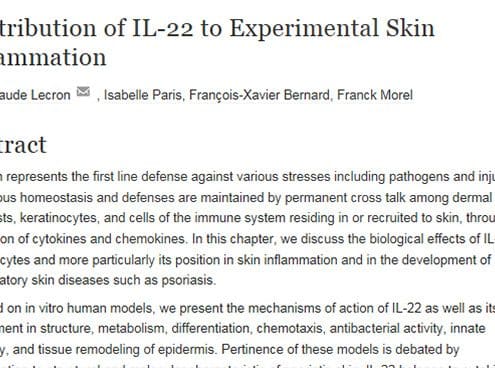
Contribution of IL22 to experimental skin inflammation
Inflammation, Inflammation, Psoriasis, PsoriasisFocused on in vitro human models, we present the mechanisms of action of IL22 as well as its involvement in structure, metabolism, differentiation, chemotaxis, antibacterial activity, innate immunity, and tissue remodeling of epidermis.
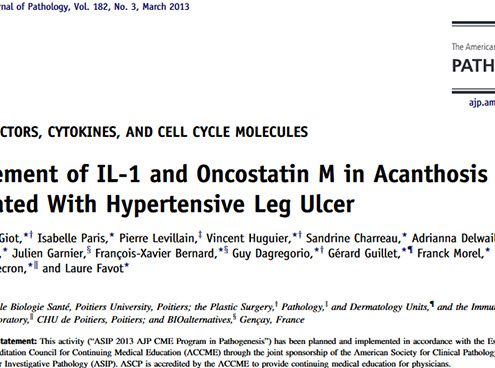
Involvement of IL-1 and Oncostatin M in acanthosis associated with hypertensive leg ulcer
Inflammation, Inflammation, Pharmacologie, PharmacologyHypertensive leg ulcer (HLU) is an inflammatory disease characterized by intense pain, alteration of vascularization, and skin necrosis. The optimal treatment relies on surgical removal of necrotic tissues covered by a split-skin graft.
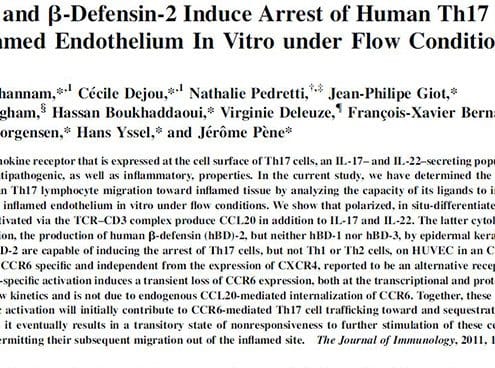
CCL20 and β-defensin-2 induce arrest of human Th17 cells on inflamed endothelium in vitro under flow conditions
Inflammation, Inflammation, Pharmacologie, PharmacologyThese results indicate that Ag-specific activation will initially contribute to CCR6-mediated Th17 cell trafficking toward and sequestration in inflamed tissue, but that it eventually results in a transitory state of nonresponsiveness to further stimulation of these cells with CCR6 ligands, thus permitting their subsequent migration out of the inflamed site.
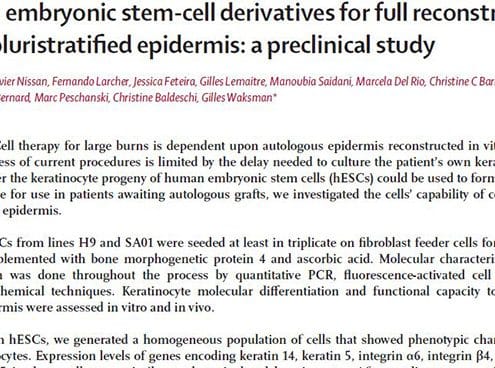
Human embryonic stem-cell derivatives for full reconstruction of the pluristratified epidermis: a preclinical study
Cell and tissue engineering, Dermatology, Ingénierie cellulaire et tissulaire, Pharmacologie, Pharmacology, Wound healingTo assess whether the keratinocyte progeny of human embryonic stem cells (hESCs) could be used to form a temporary skin substitute for use in patients awaiting autologous grafts, we investigated the cells' capability of constructing a pluristratified epidermis.
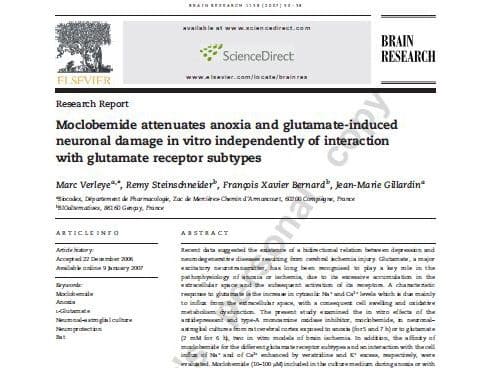
Moclobemide attenuates anoxia and glutamate induced neuronal damage in vitro independently of interaction with glutamate receptors subtypes
Neurobiologie, NeurobiologyThe present study examined the in vitro effects of the antidepressant and type-A monoamine oxidase inhibitor, moclobemide, in neuronal-astroglial cultures from rat cerebral cortex exposed to anoxia (for 5 and 7 h) or to glutamate (2 mM for 6 h), two in vitro models of brain ischemia.
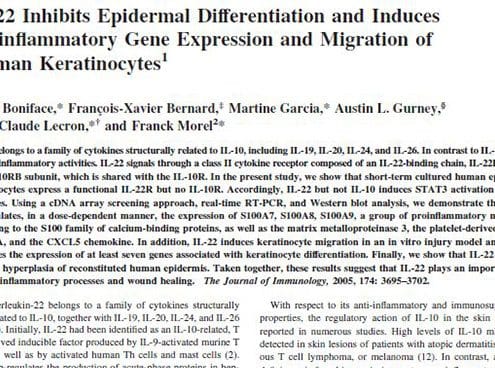
IL-22 inhibits epidermal differentiation and induces proinflammatory gene expression and migration of human keratinocytes
Inflammation, Inflammation, Psoriasis, PsoriasisIL-22 belongs to a family of cytokines structurally related to IL-10, including IL-19, IL-20, IL-24, and IL-26. In contrast to IL-10, IL-22 has proinflammatory activities. IL-22 signals through a class II cytokine receptor composed of an IL-22-binding chain, IL-22RA1, and the IL-10RB subunit, which is shared with the IL-10R.
